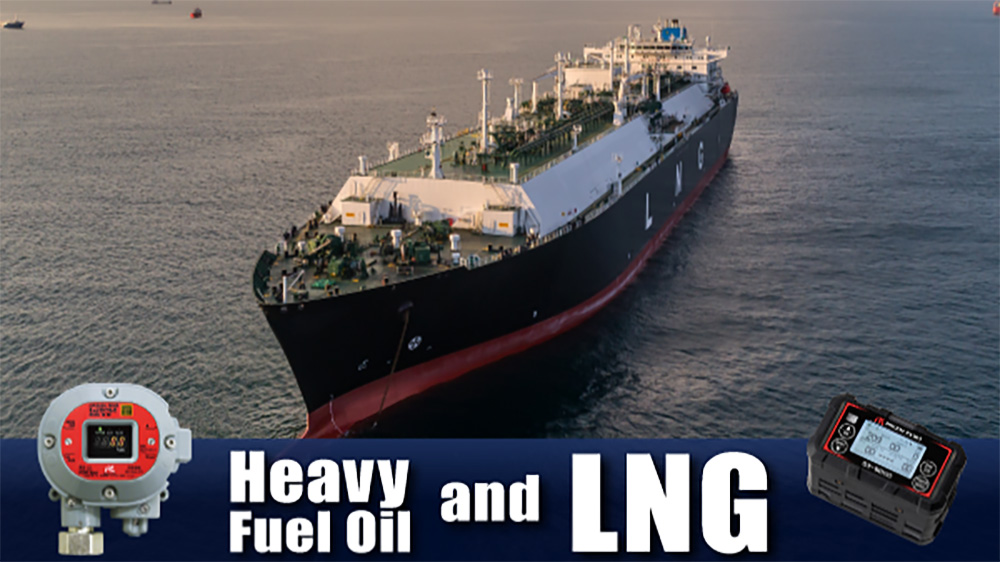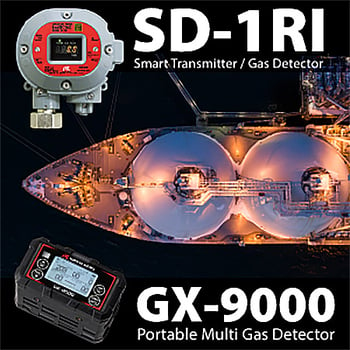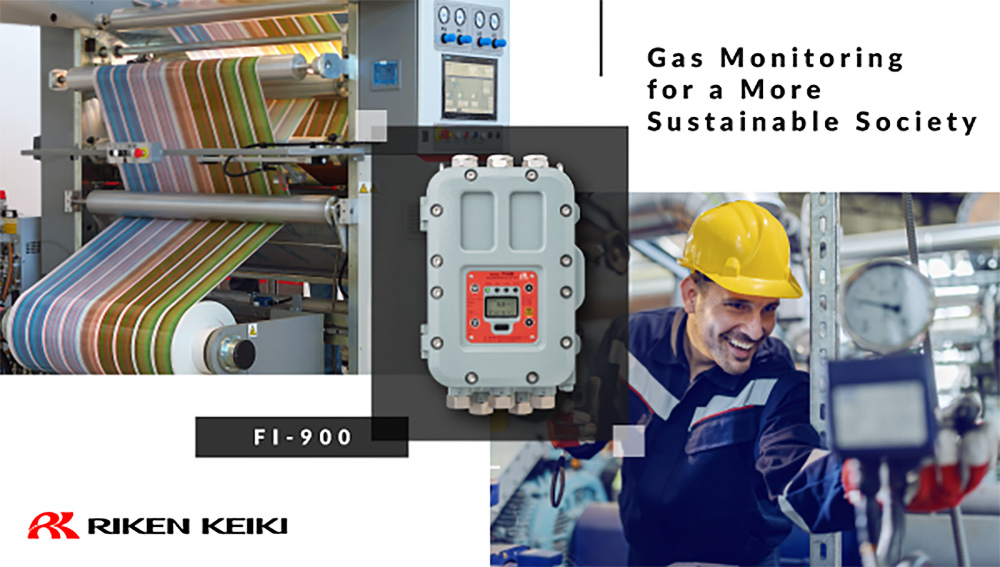Heavy Fuel Oil and LNG

Table of Contents
Powering the Shipping Industry: Heavy Fuel Oil
The shipping industry plays a central role in global logistics and heavy fuel oil, the most widely used marine fuel, is often preferred in response to certain industry demands. These demands include minimizing the amount of space occupied by fuel storage onboard to maximize the amount of space available for transporting cargo as well as fuel efficiency to allow for longer voyages per tank of fuel. Heavy fuel oil is the liquid residue obtained from the distillation of petroleum. With an energy efficiency of about 50%, it is relatively affordable compared to other fossil fuels. Much less volatile than many other fuels and with a flash point much higher than ambient temperature, heavy fuel is safe and practical to use even in large quantities.
Despite its advantages, heavy fuel oil nevertheless presents a series of practical challenges as well. When burned, heavy fuel oil releases emissions containing substances such as CO2, NOx and SOx which are harmful to the environment and are known to contribute to climate change and air pollution. This has led to tightened regulations regarding their emissions and has sparked a gradual shift toward the use of alternative fuels.
An Alternative Marine Fuel: LNG
One alternative to heavy fuel oil has already been in use in the maritime industry for many years: LNG or liquefied natural gas. LNG occupies approximately 1/600th the volume of natural gas in its gaseous state, making it easier and more efficient to transport and store large quantities. LNG-fueled vessels were first developed during the 1930s as an even more fuel-efficient alternative to vessels powered by heavy fuel oil and soon became a popular option for long distance shipping. One advantage of natural gas is that it is found in abundant supply and produced all over the world, making it a particularly stable energy source. Primarily composed of methane (CH₄), LNG also has a lower carbon content compared to conventional heavy fuel oil, meaning a 20-30% reduction in CO₂ emissions when burned. LNG can likewise offer significant reductions in NOx and SOX emissions when compared to heavy fuel oil.
The adoption of LNG nevertheless presents certain challenges from a practical standpoint. First, LNG must be kept at low temperatures, meaning that specialized facilities and infrastructure are required for its storage and transport. In addition, limited LNG bunkering infrastructure in certain regions may hinder its adoption in certain areas and can require higher initial costs. Despite these challenges, large LNG-powered vessels such as container ships and bulk carriers have been built in recent years, with more and more prominent players in the shipping industry beginning to make use of them on a major scale. As future technological innovations and improvements in infrastructure help to minimize these challenges, the shift towards LNG as an alternative to heavy fuel oil is expected to gain increased momentum going forward.
The Shift Toward Alternative Fuels: Challenges
Different gases pose different kinds of hazards due to their unique flammable, toxic and corrosive properties and each therefore requires its own unique set of safety standards. Because conventional heavy fuel oil does not release significant amounts of gases and is considered to have a very favorable safety profile, gas detection has traditionally not been necessary on ships powered using this kind of fuel source. LNG, on the other hand, is highly flammable and therefore requires thorough gas monitoring to prevent gas-related explosions. LNG-powered vessels are therefore subject to new safety standards which do not apply to ships powered by heavy fuel oil. The IGF Code, or the International Code of Safety for Ship Using Gases or Other Low-flashpoint Fuels , outlines a set of international safety regulations for the use of gases such as LNG as fuel in maritime transport. According to these standards, LNG-powered ships require the installation of gas detectors in the following main areas:
- Compressor rooms and fuel preparation rooms
- The tank connection spaces
- Motor rooms associated with the fuel systems
- All ducts around fuel pipes
Our Solutions

Fixed Explosion-Proof Gas Detector Head [SD-1RI]
Portable Multi-Gas Monitor [GX-9000]
PRODUCTS

Product type |
Portable Gas Detector |
|---|---|
Applications |
|
single/multi |
Multi |

Want to hear from an expert?


You may also be
interested in

The Importance and Key Considerations of IP Codes When Choosing Gas Detectors
Learn why IP codes matter when choosing gas detectors. Discover how dust and water resistance ensure reliable performance and worker safety in harsh environments.

Heavy Fuel Oil and LNG
Heavy fuel oil powers global shipping with efficiency, affordability, and safety—maximizing cargo space and enabling long-distance voyages.

Gas Monitoring for a More Sustainable Society
Riken Keiki aids sustainability with gas monitors, supporting circular economy efforts and eco-friendly manufacturing practices.
Publications





